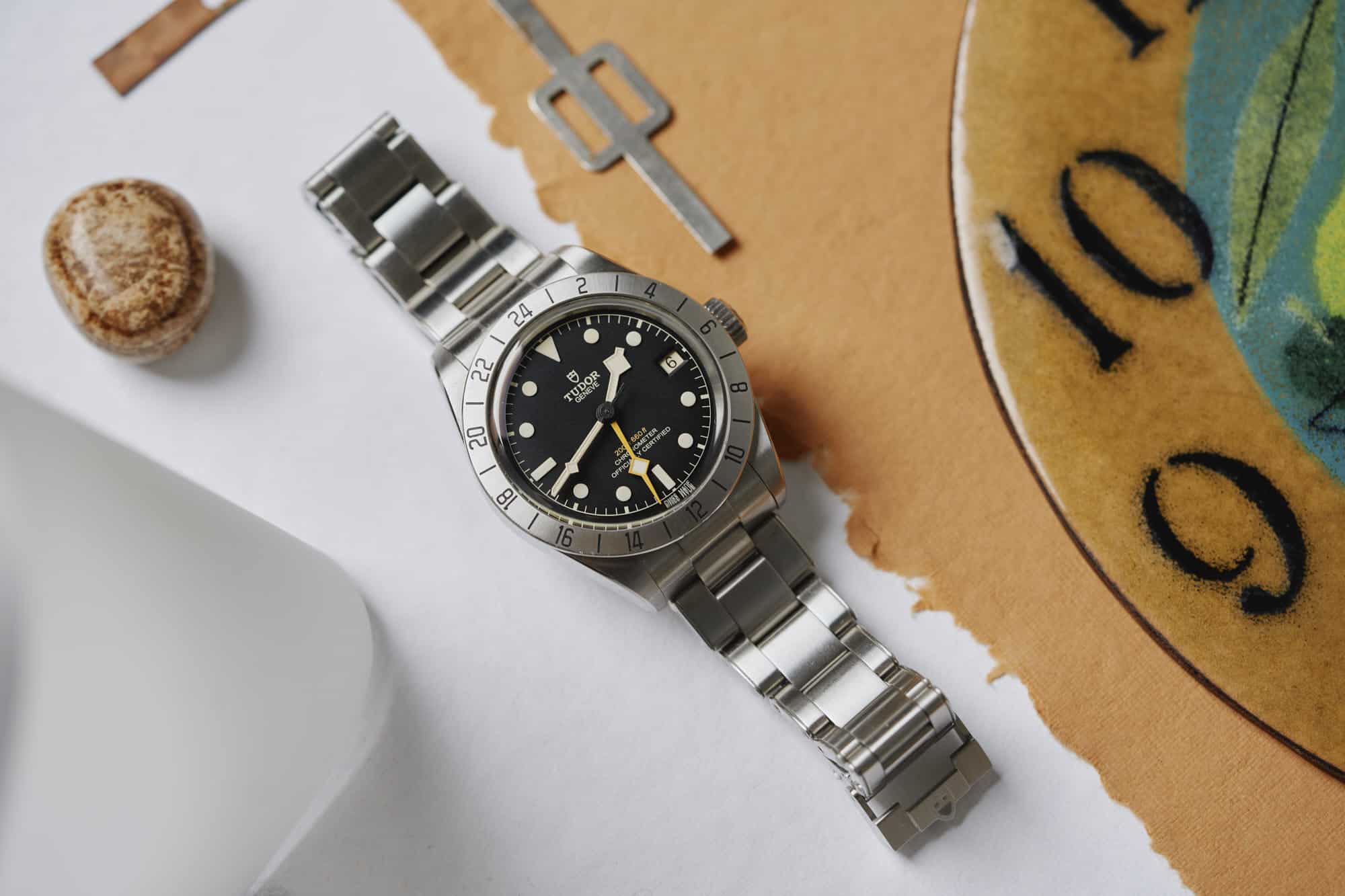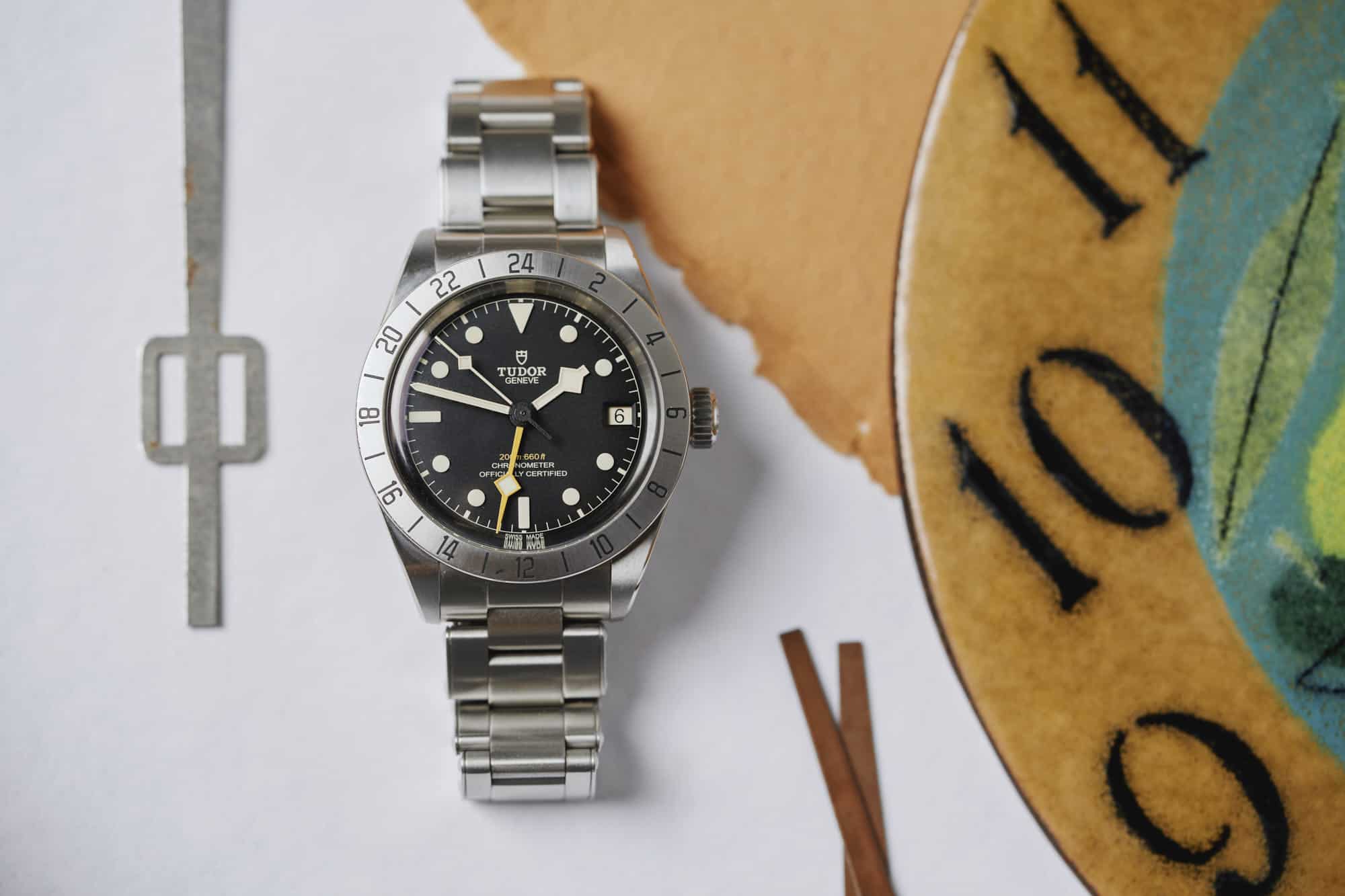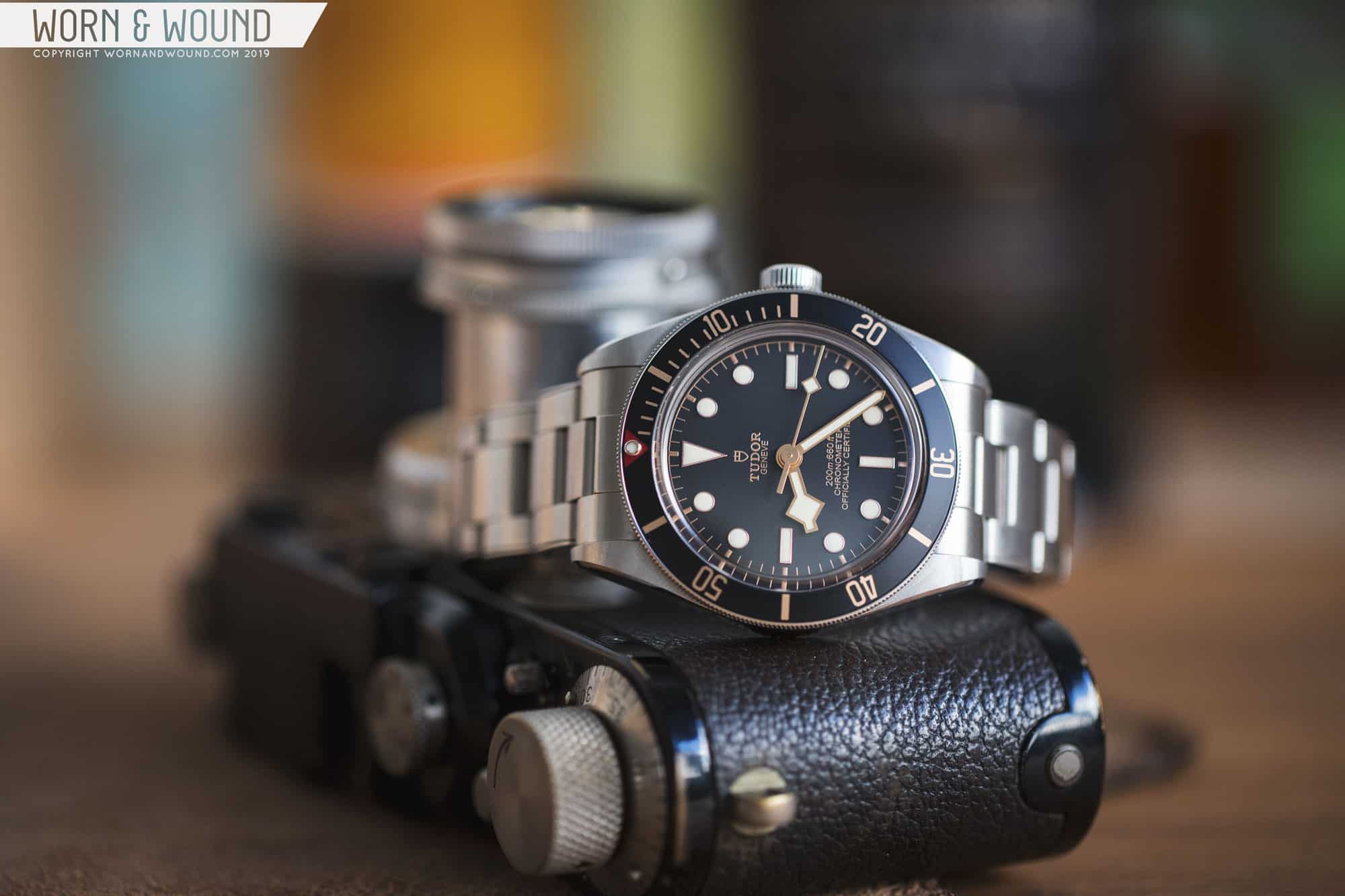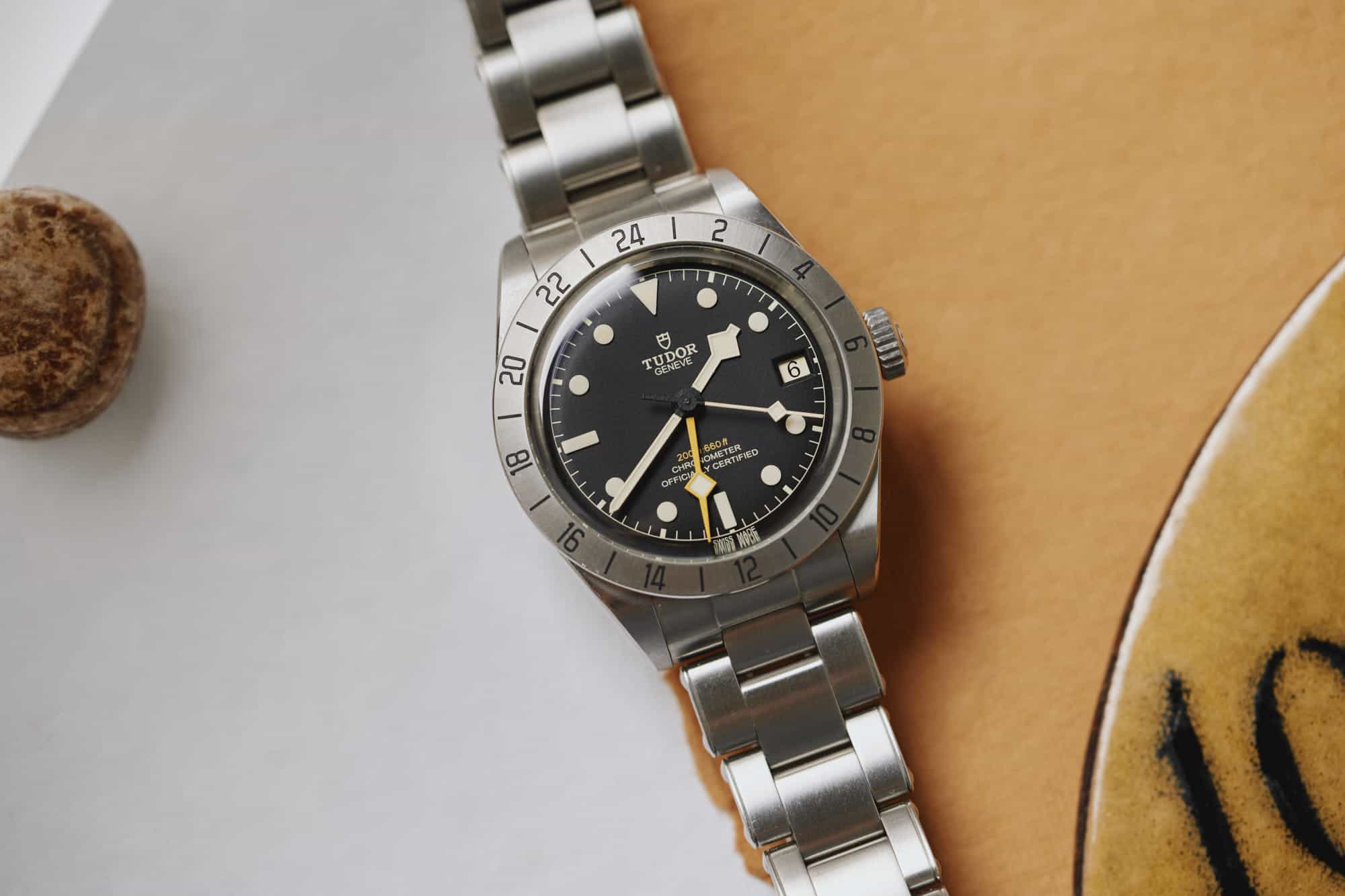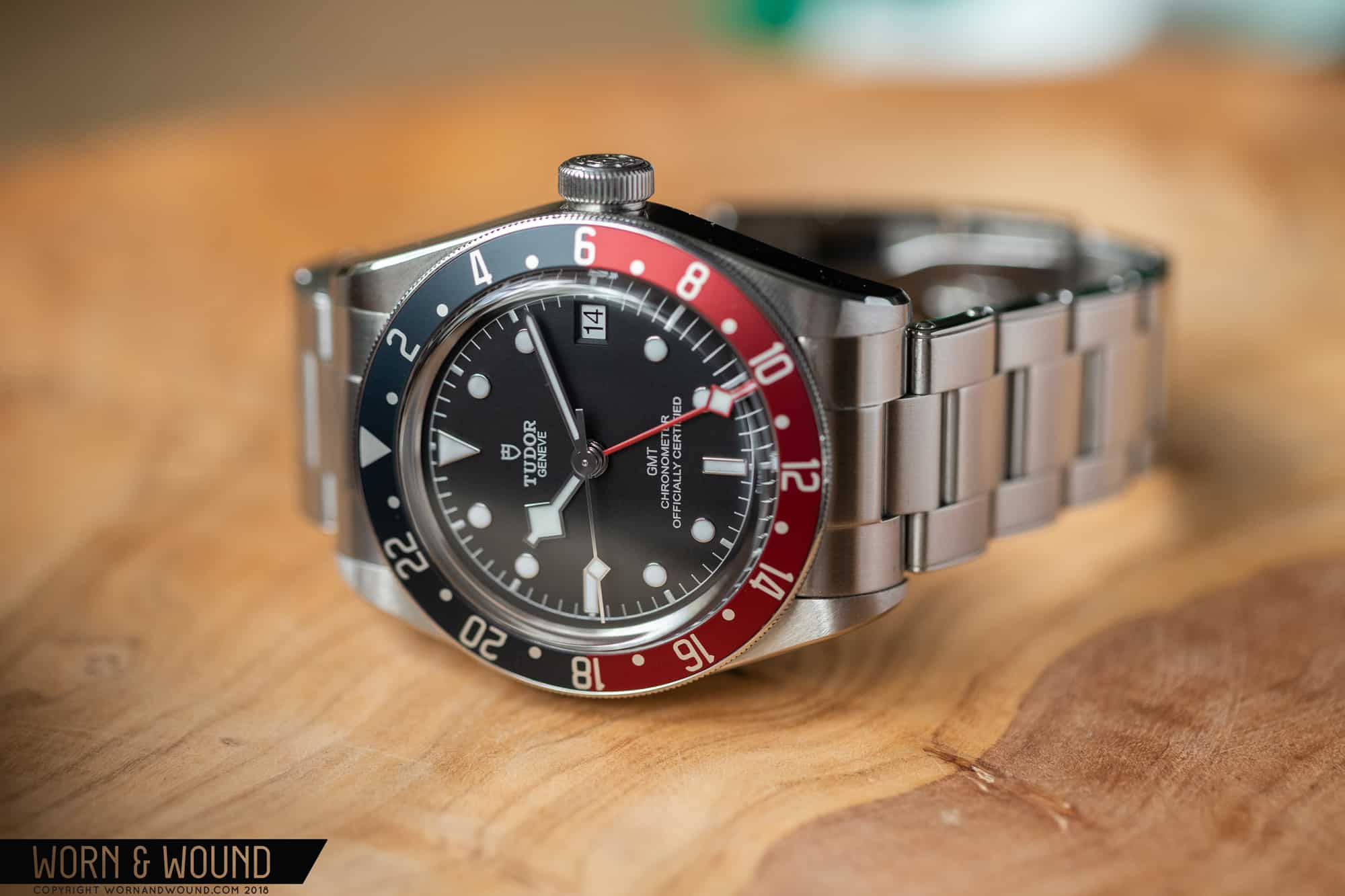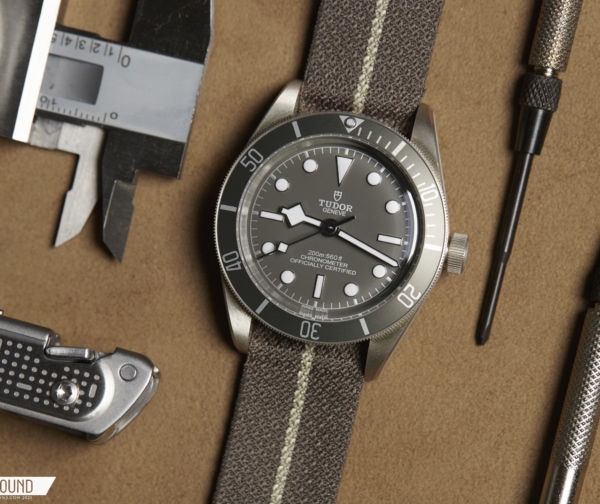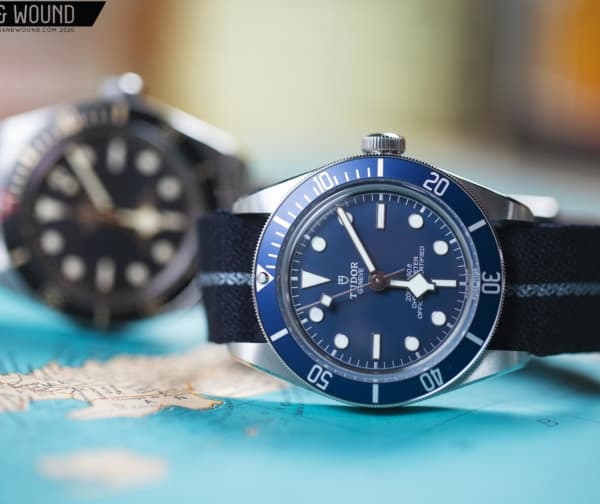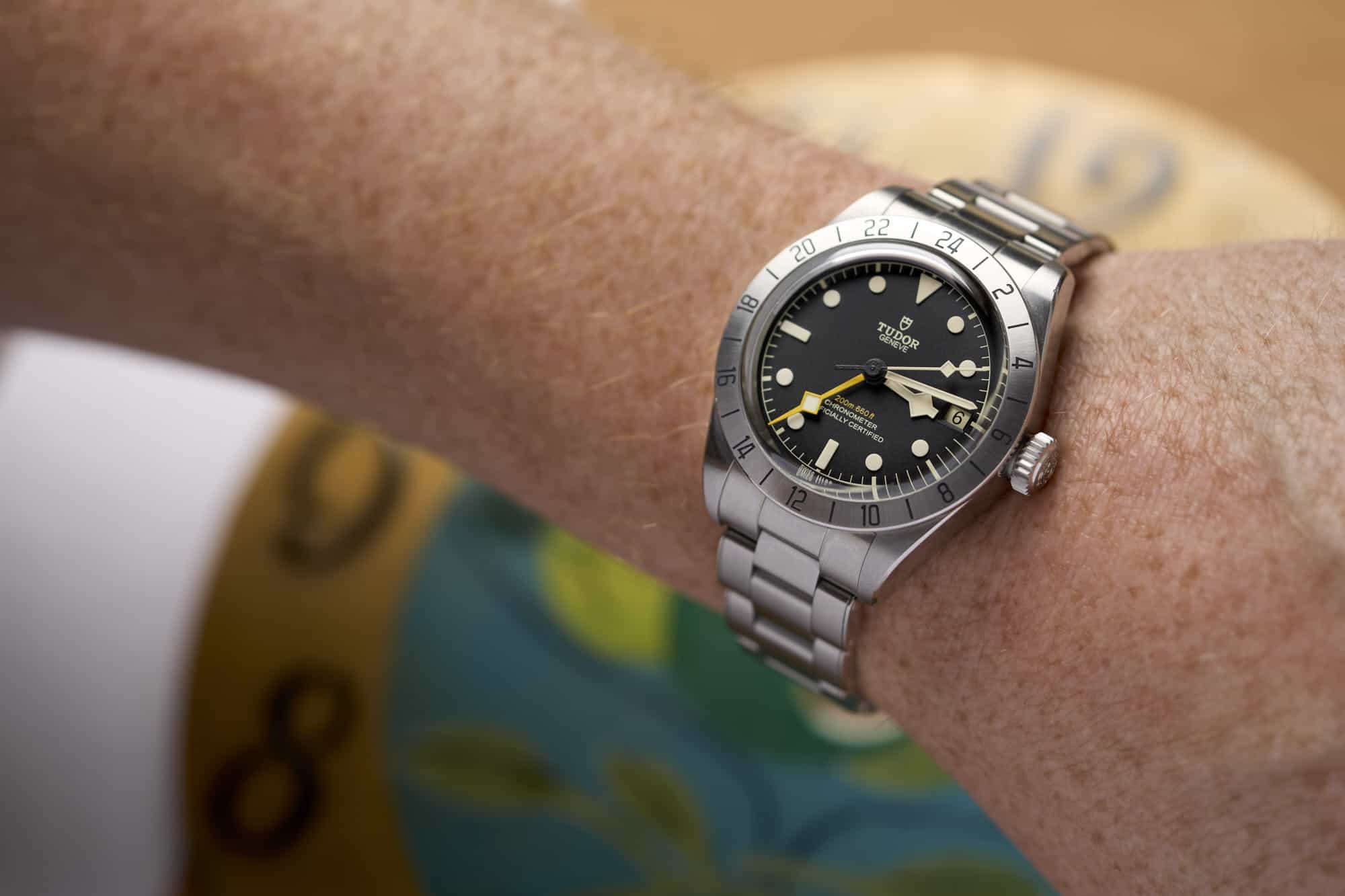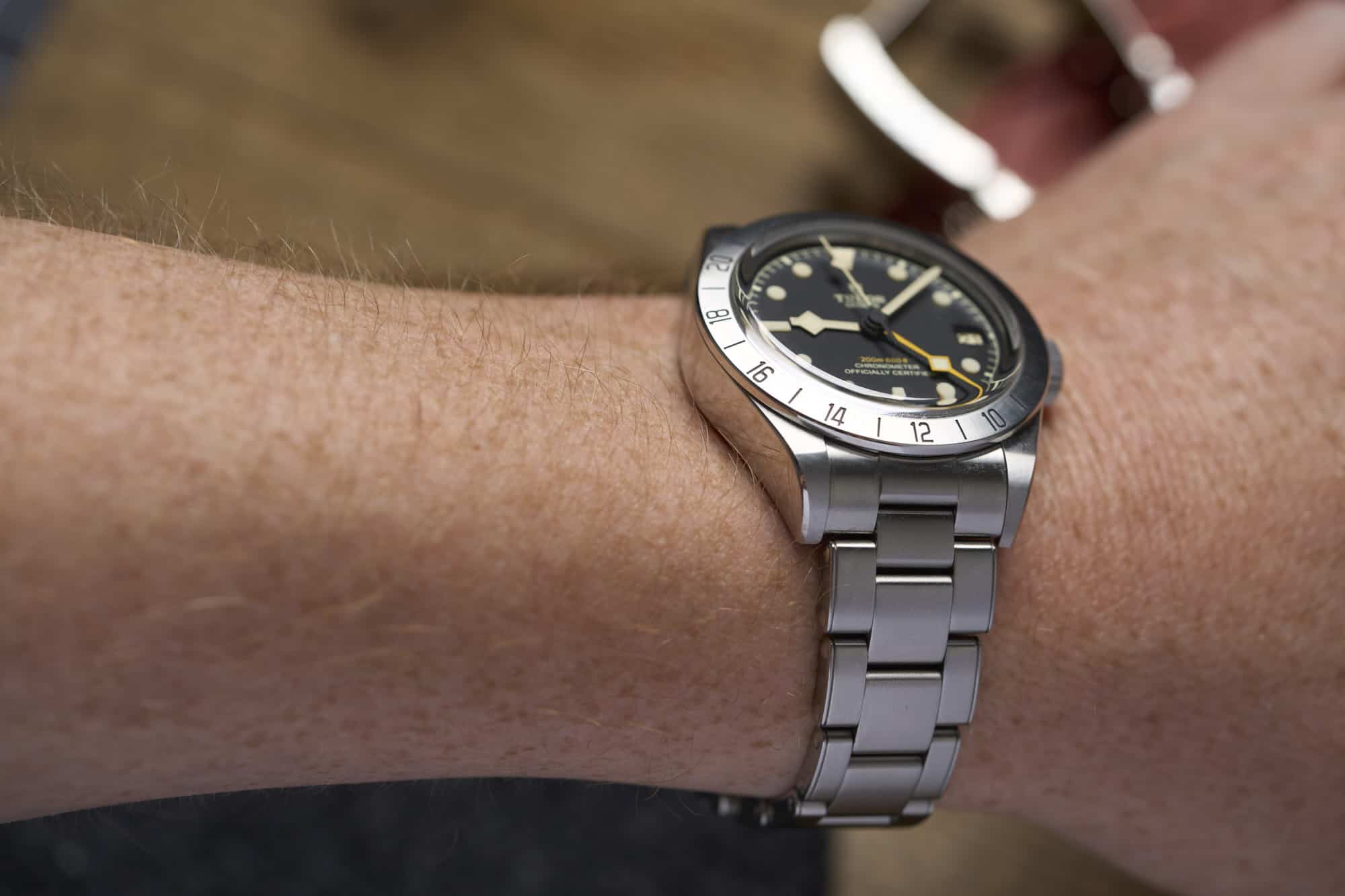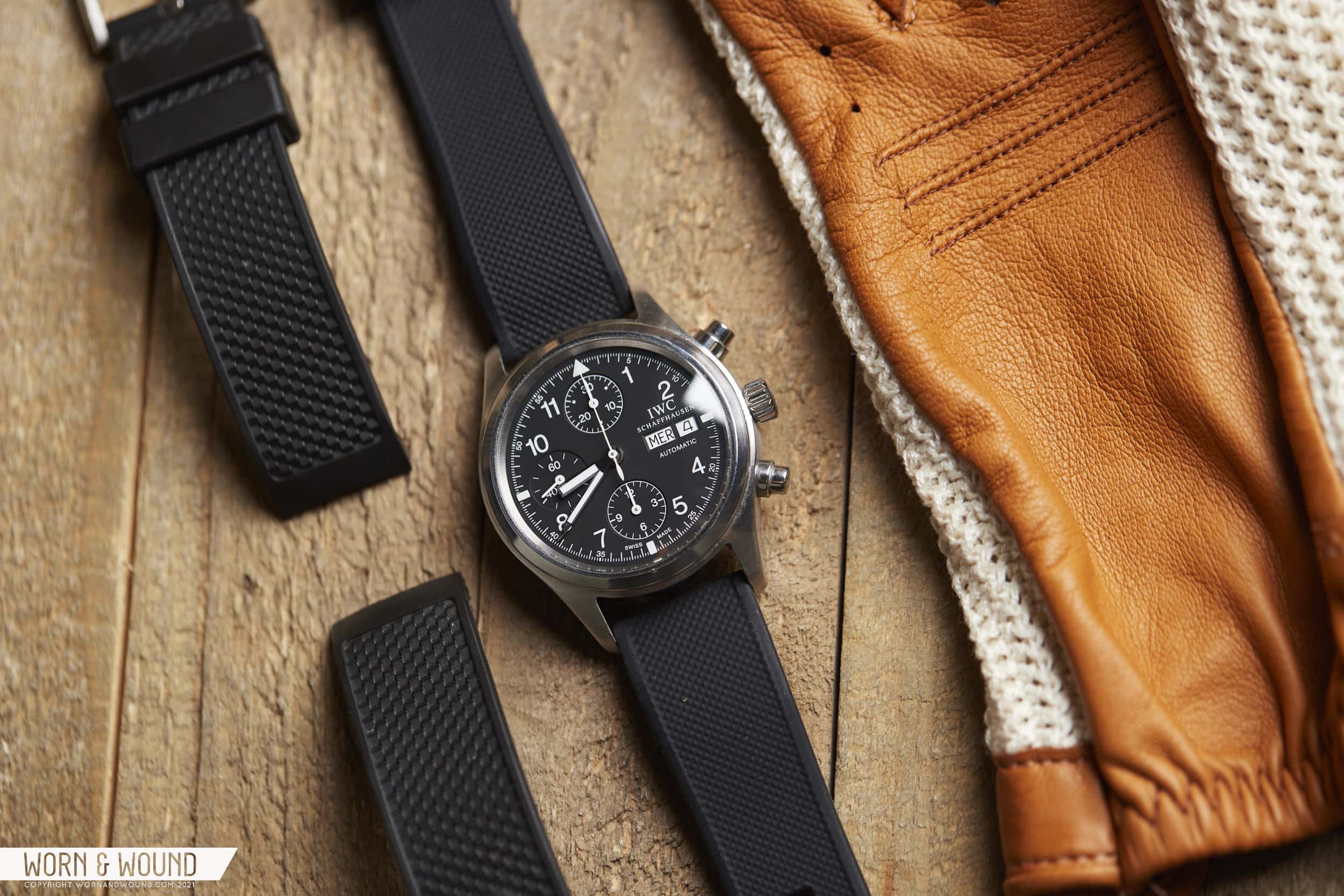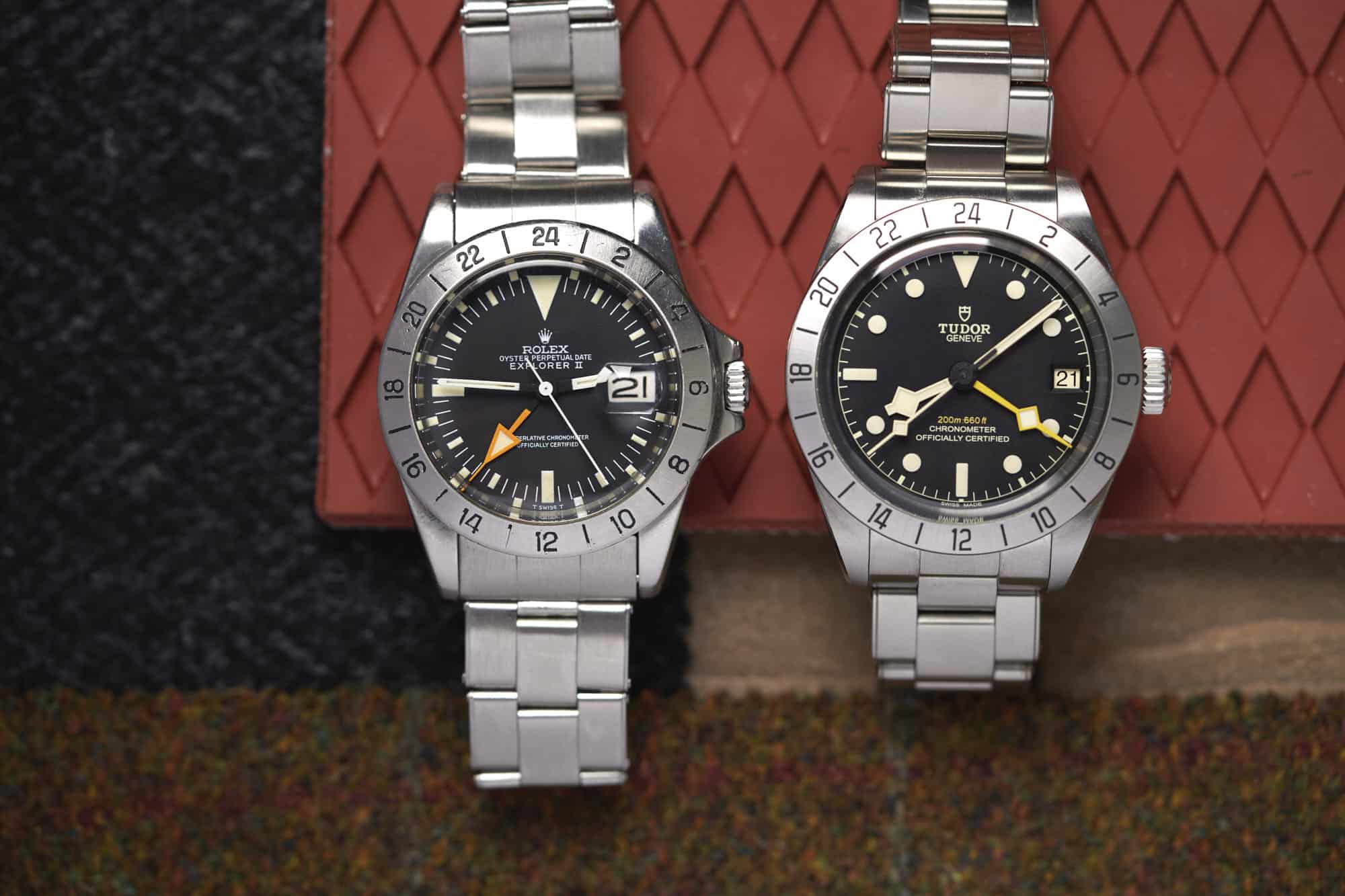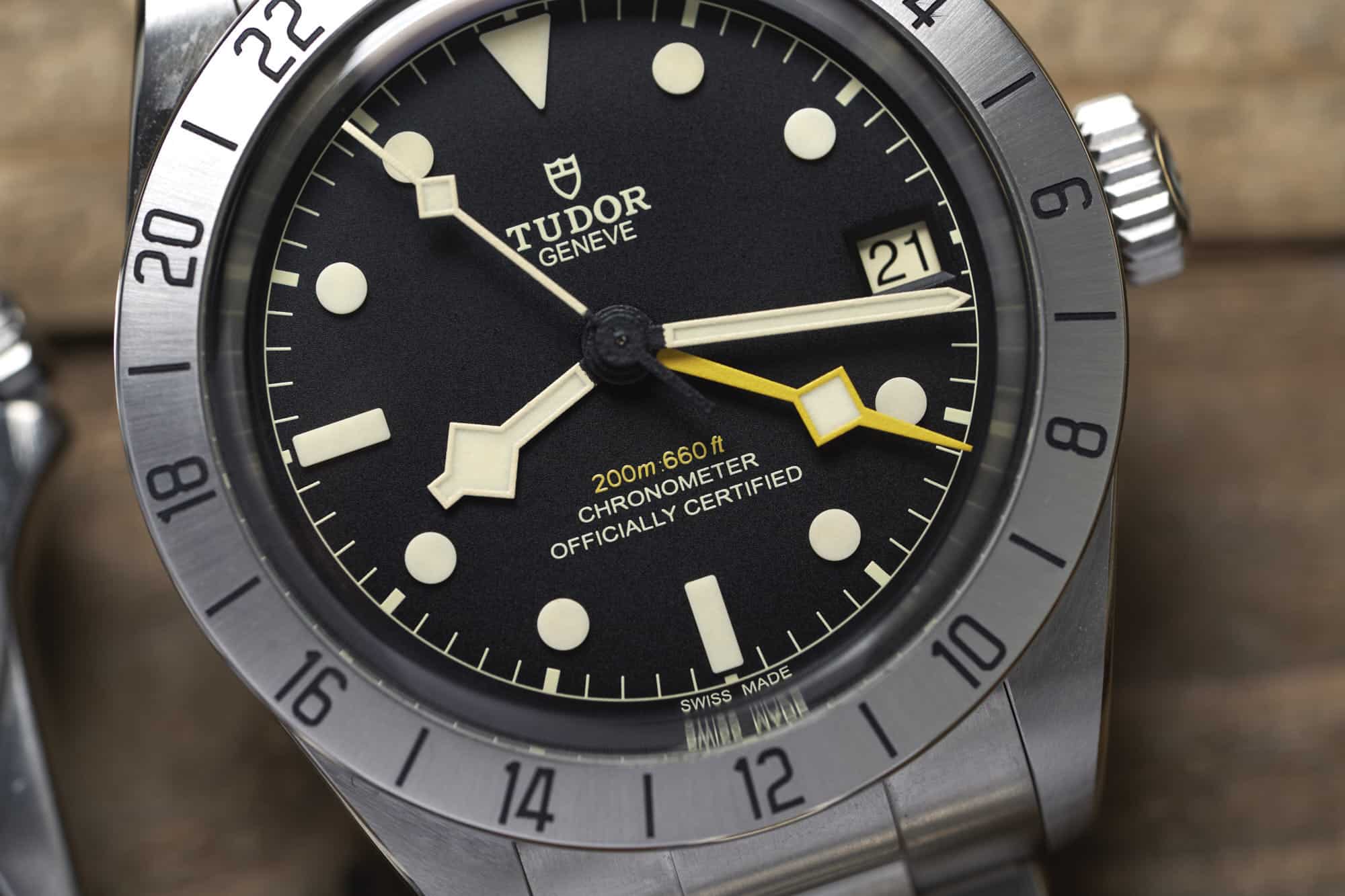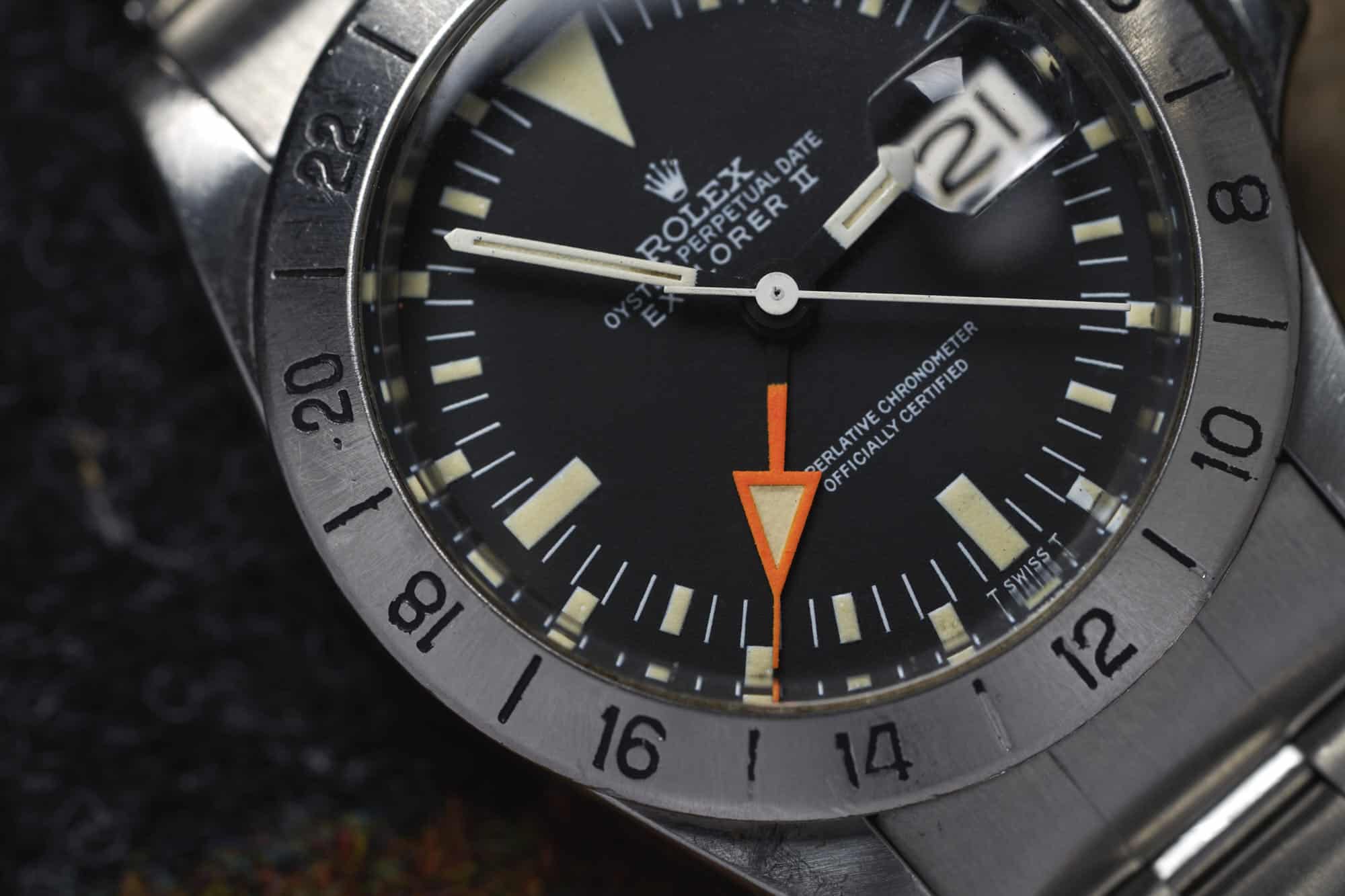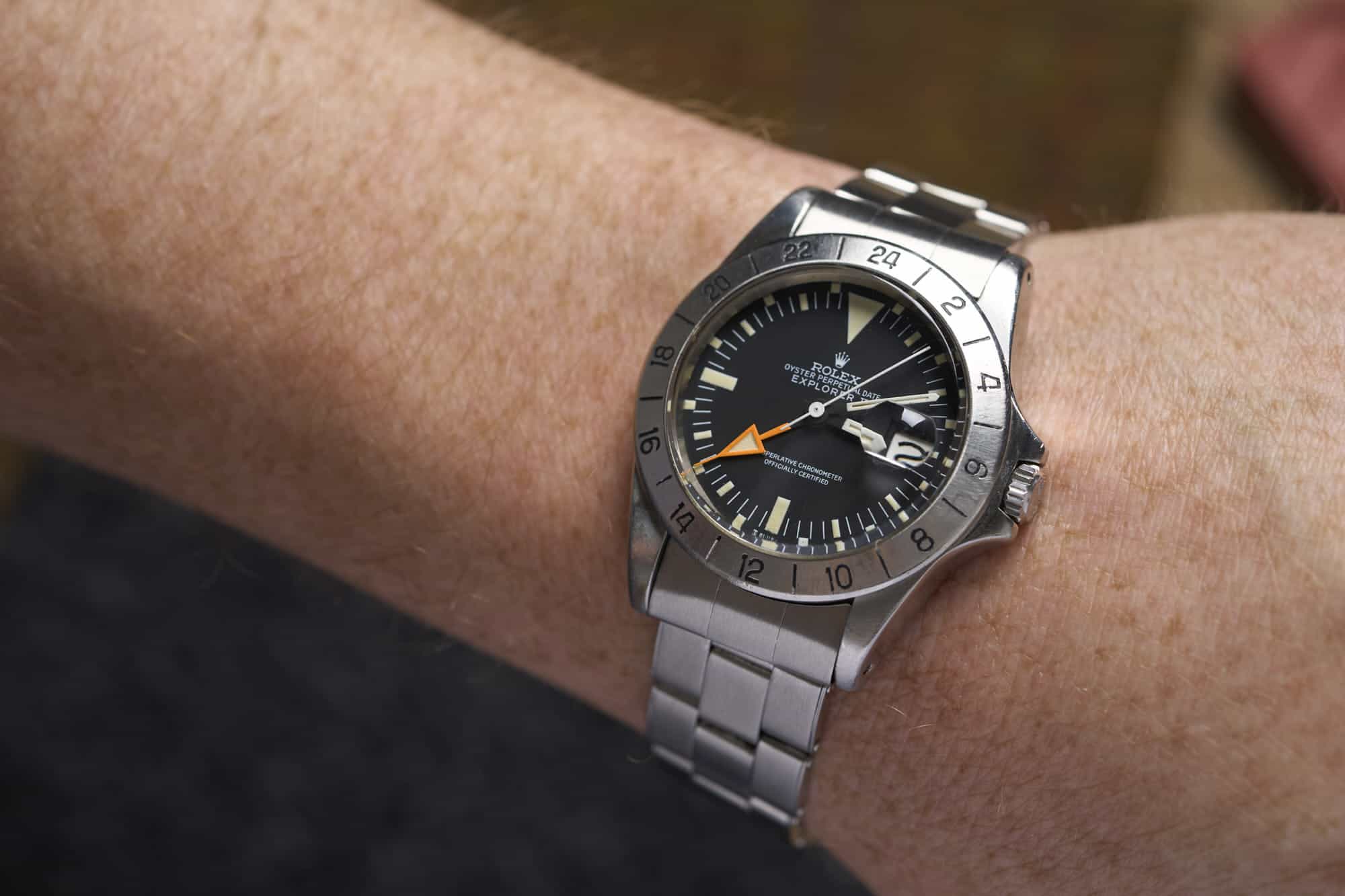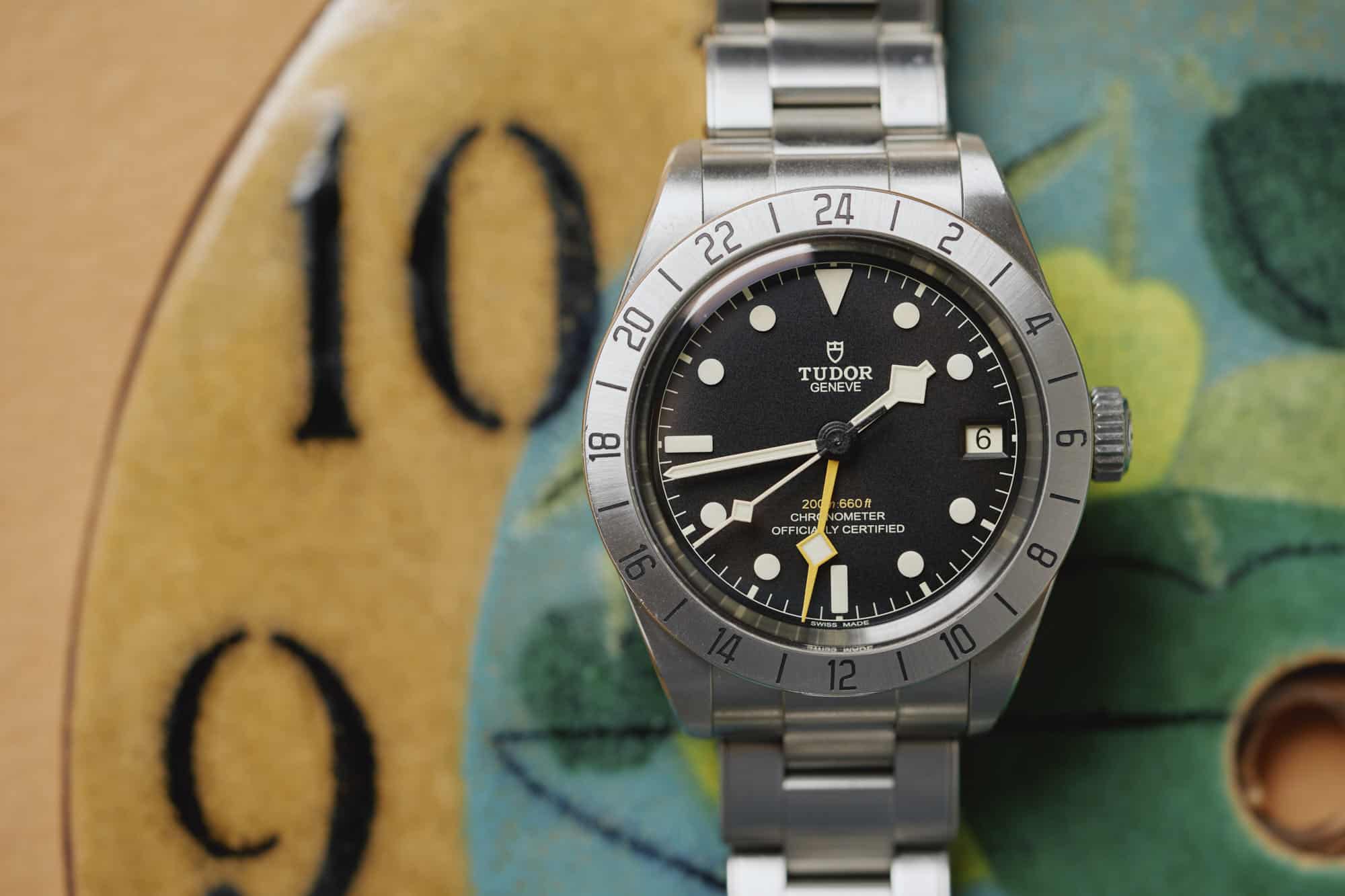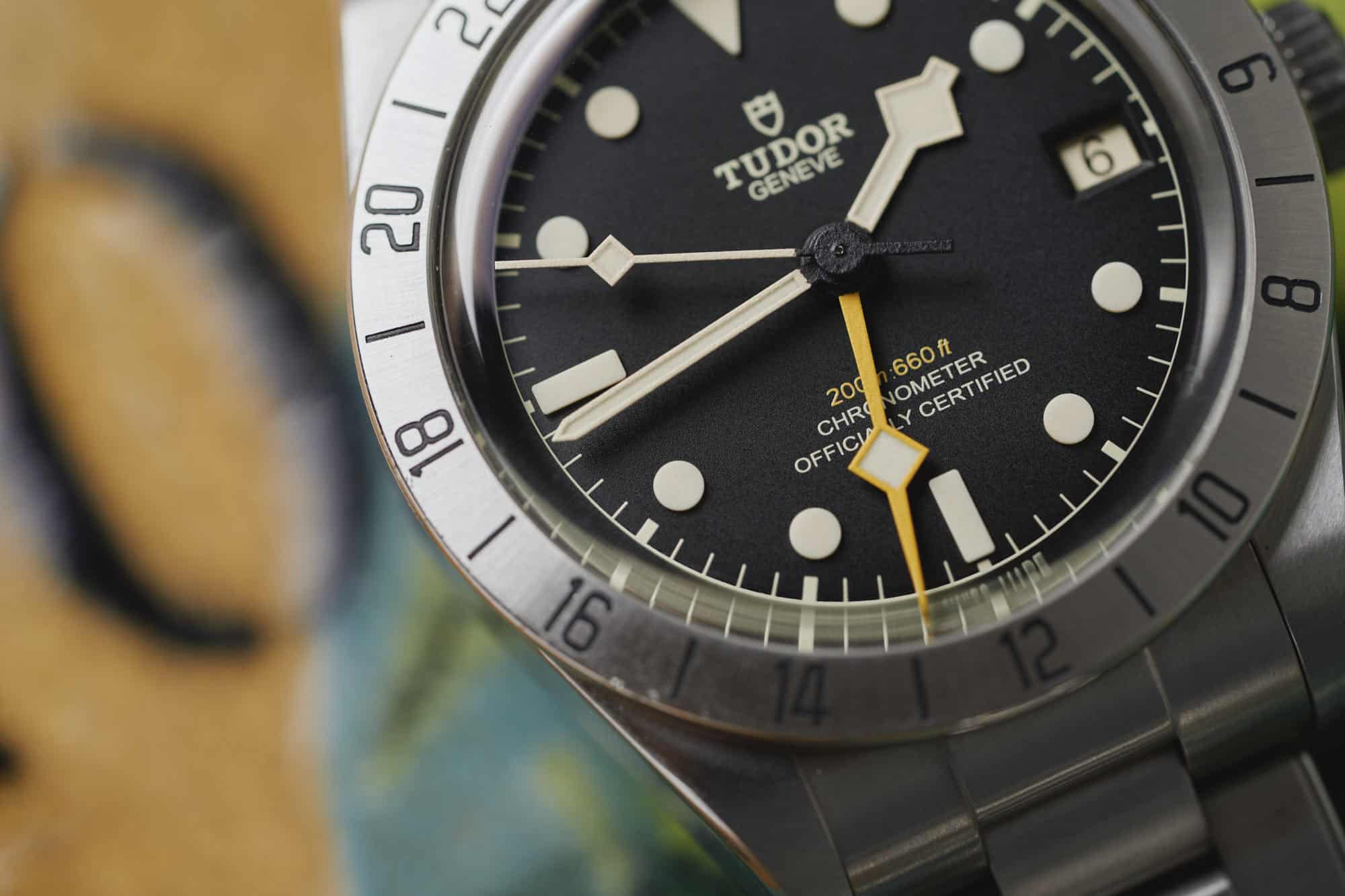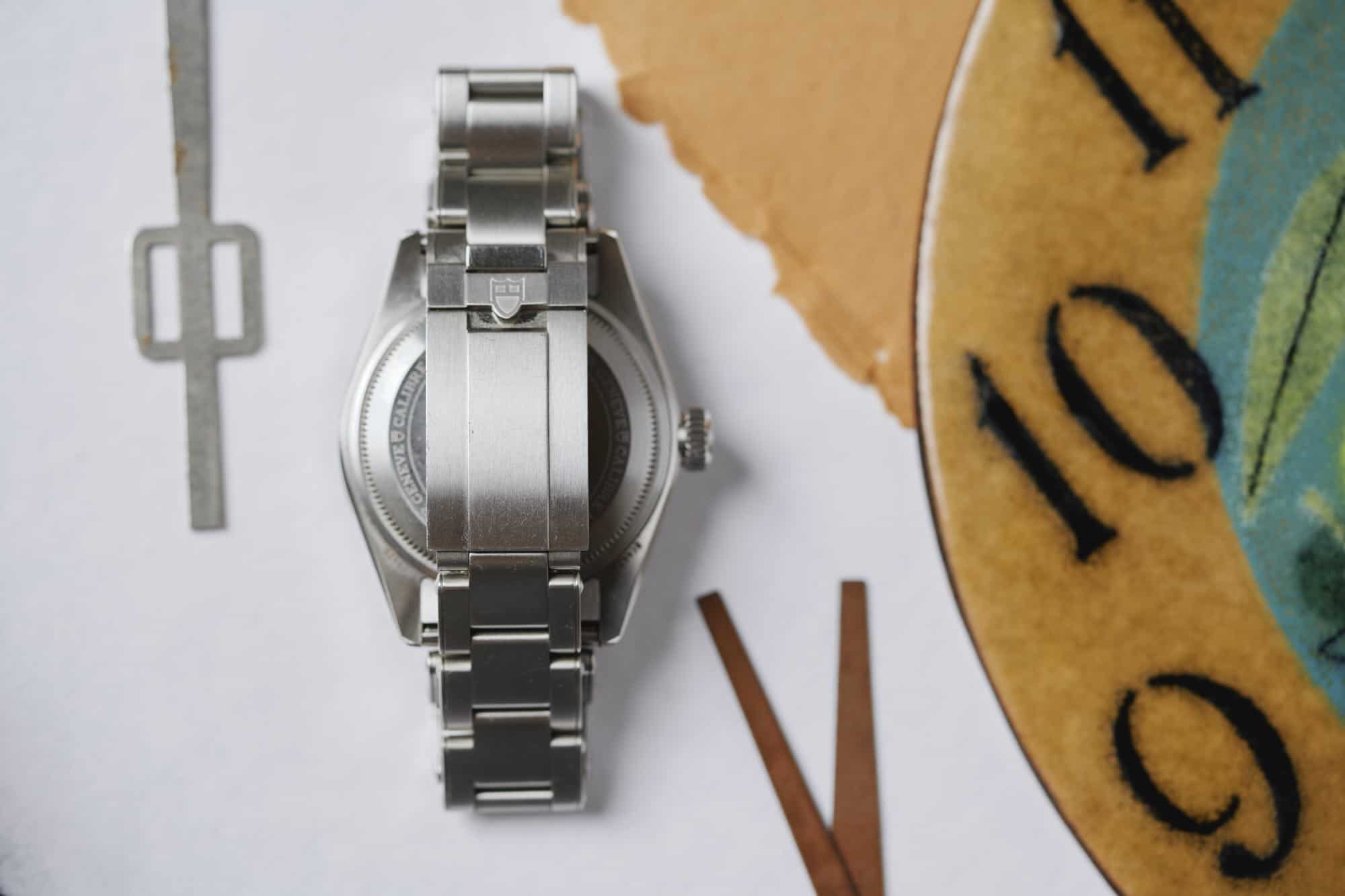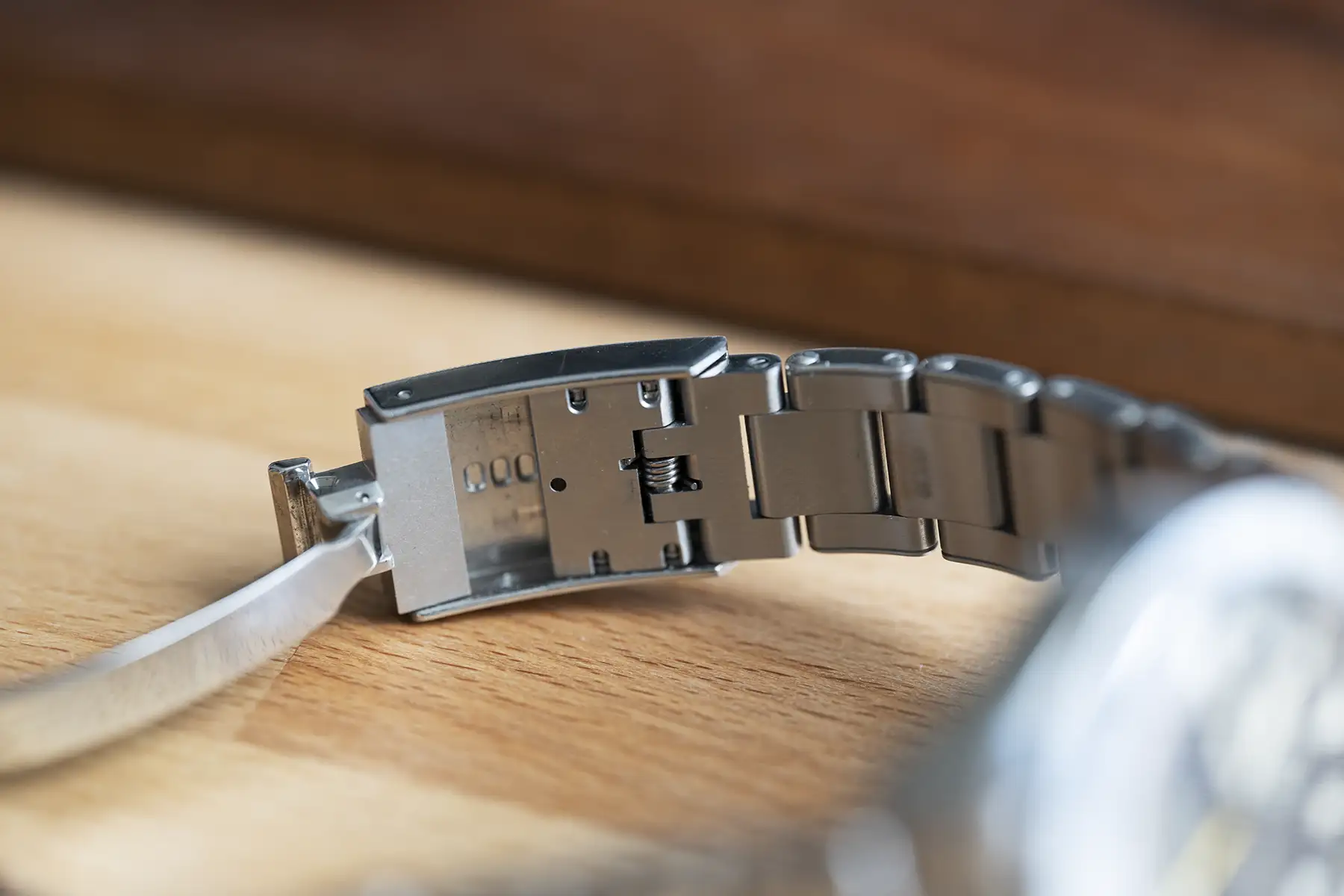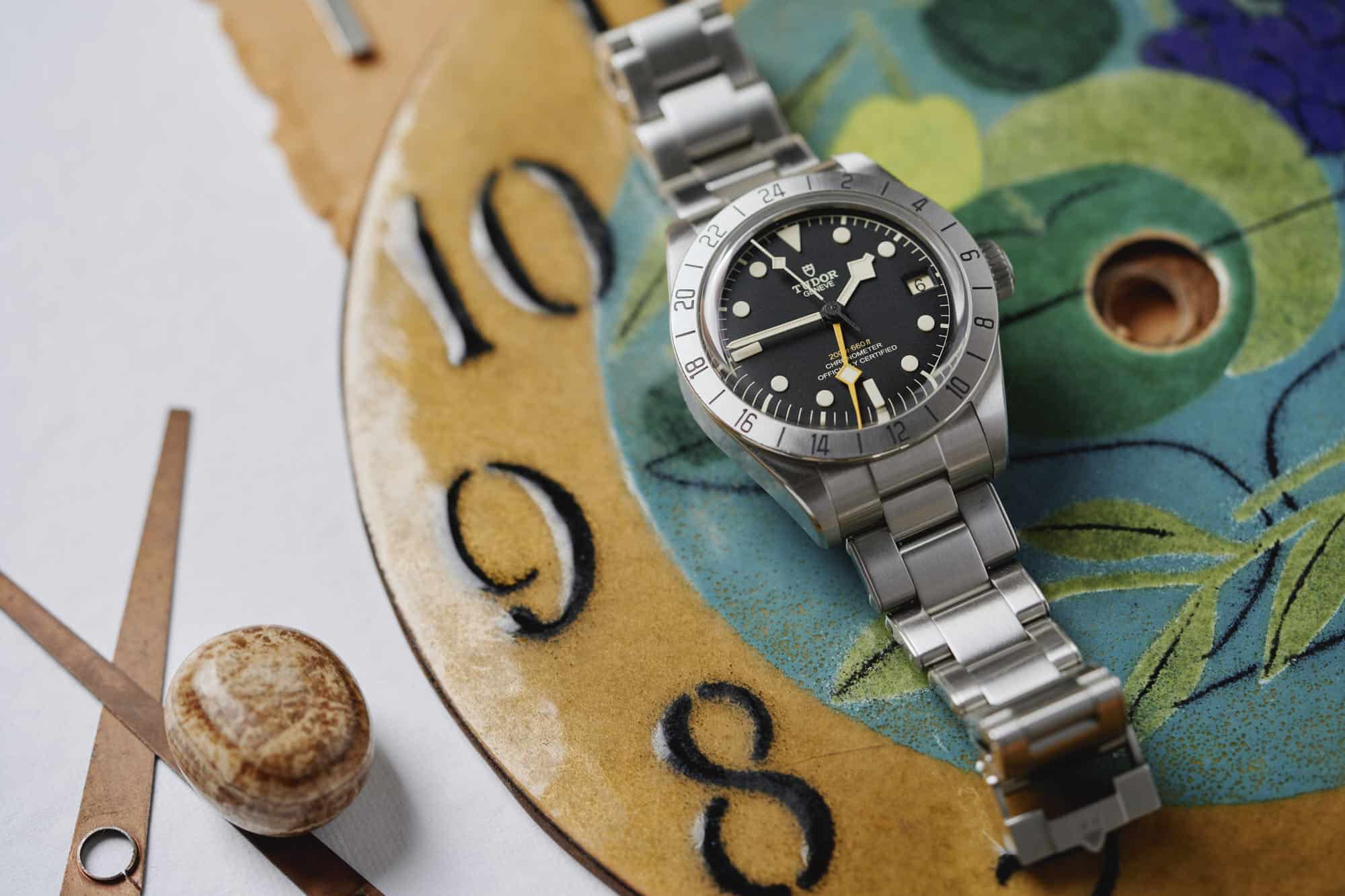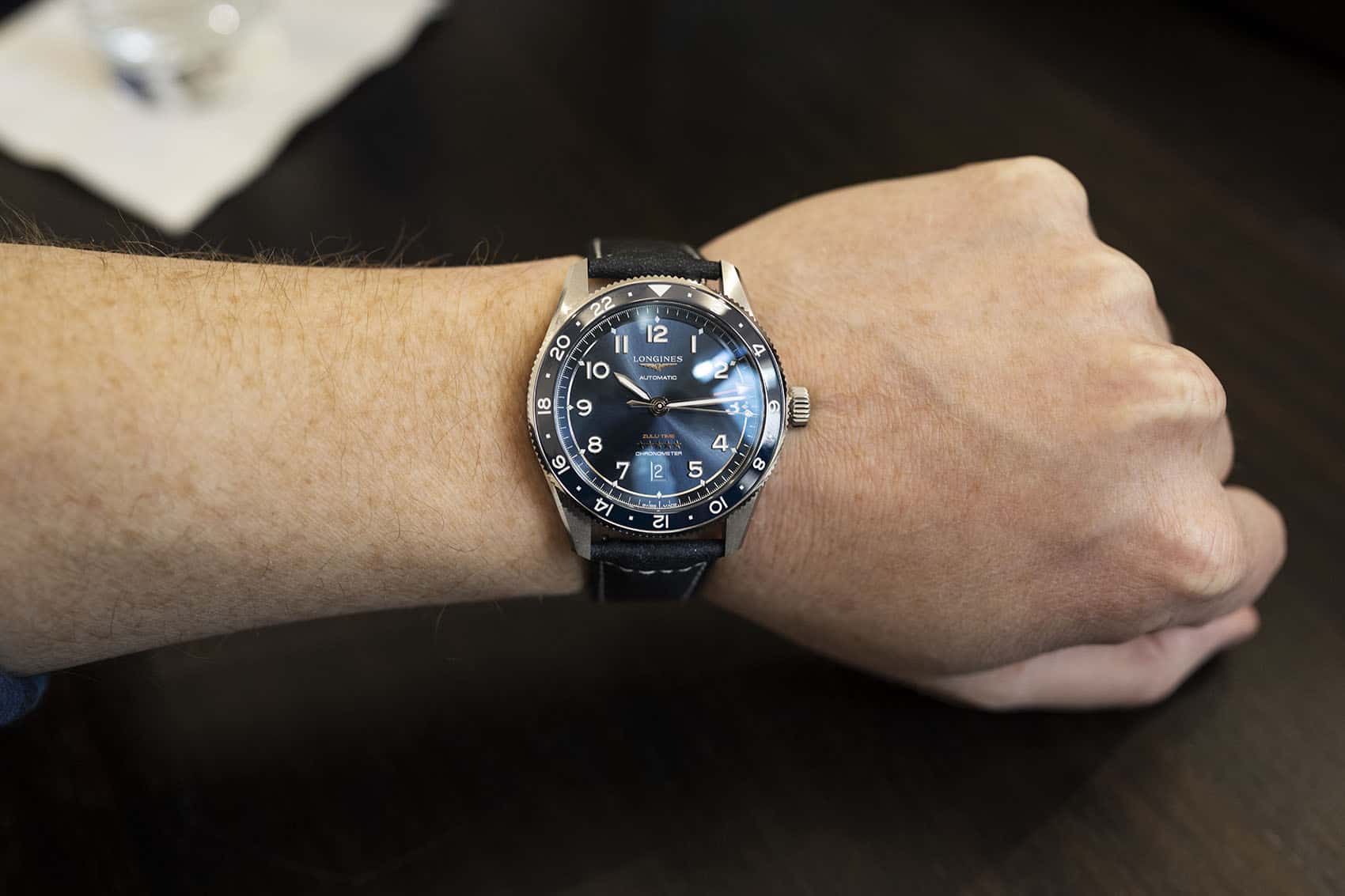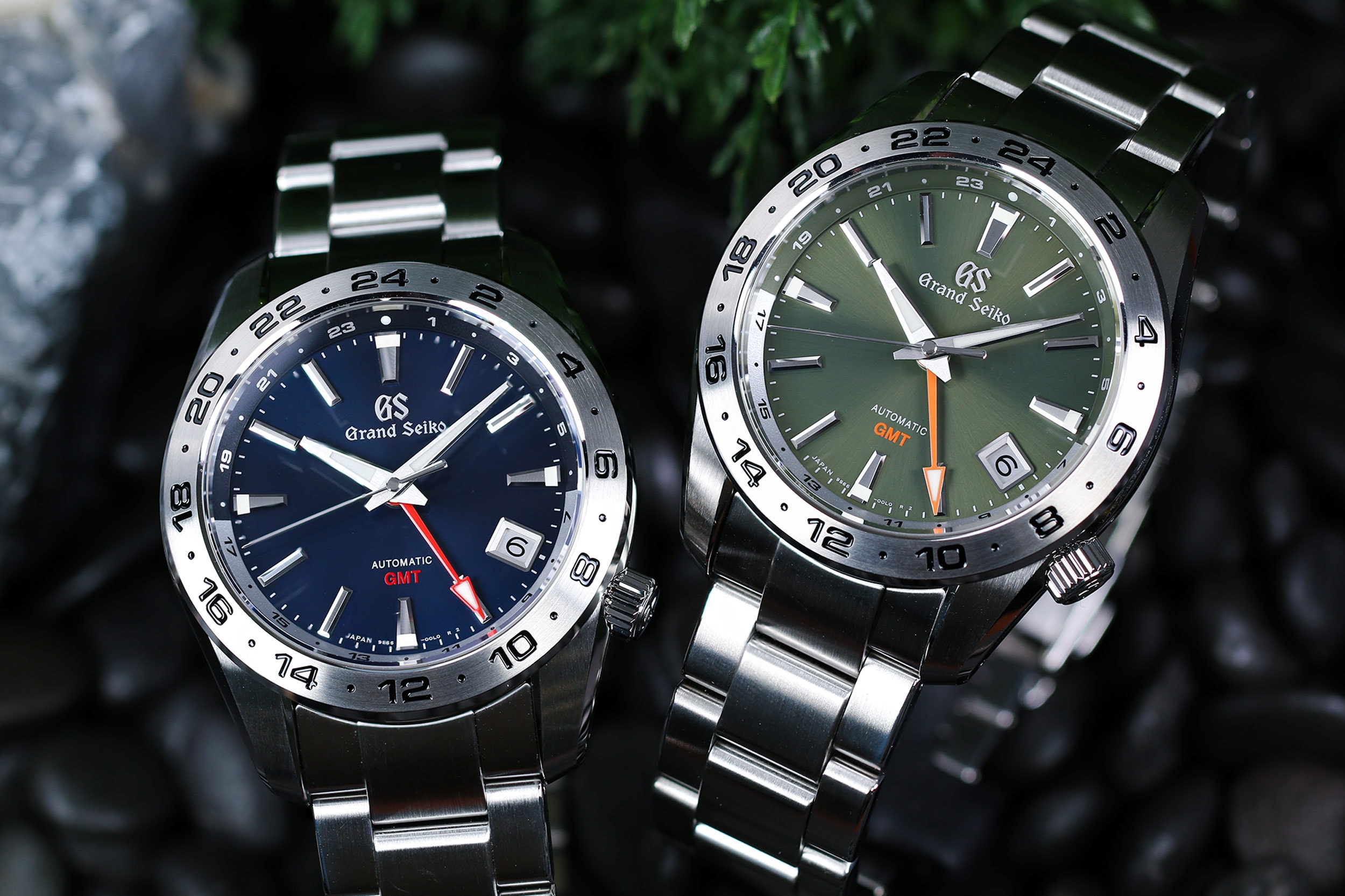Mainstream watch brands tend not to stray from the beaten path. They find something that works and slowly evolve from there. Tudor is of course no exception to this, having leaned into watches that work, namely the Black Bay collection, rather heavily since launching the line back in 2012. However, the manner in which they’ve gone about evolving that collection, particularly over the past year, has been, let’s say less than predictable. The Black Bay Pro is a watch many of us had been asking for in some fashion or another, but its release still managed to surprise due to how Tudor decided to execute the watch. See our initial reaction video here.
The first Black Bay watches were celebrated for their old-school design language that brought the brand’s considerable heritage back to the forefront. In a way, they helped kick off the trend of ‘vintage inspired’ designs that swept the industry, and whose reverberations are still very much being felt to this day. It was a momentous watch release for many reasons, and Tudor was quick to capitalize on its popularity, releasing a variety of colorways, moving to their in-house (in-group?) Kenissi caliber, and even adding complications along the way. While the watch was undoubtedly popular, it consistently levied the same criticism: its dimensions.
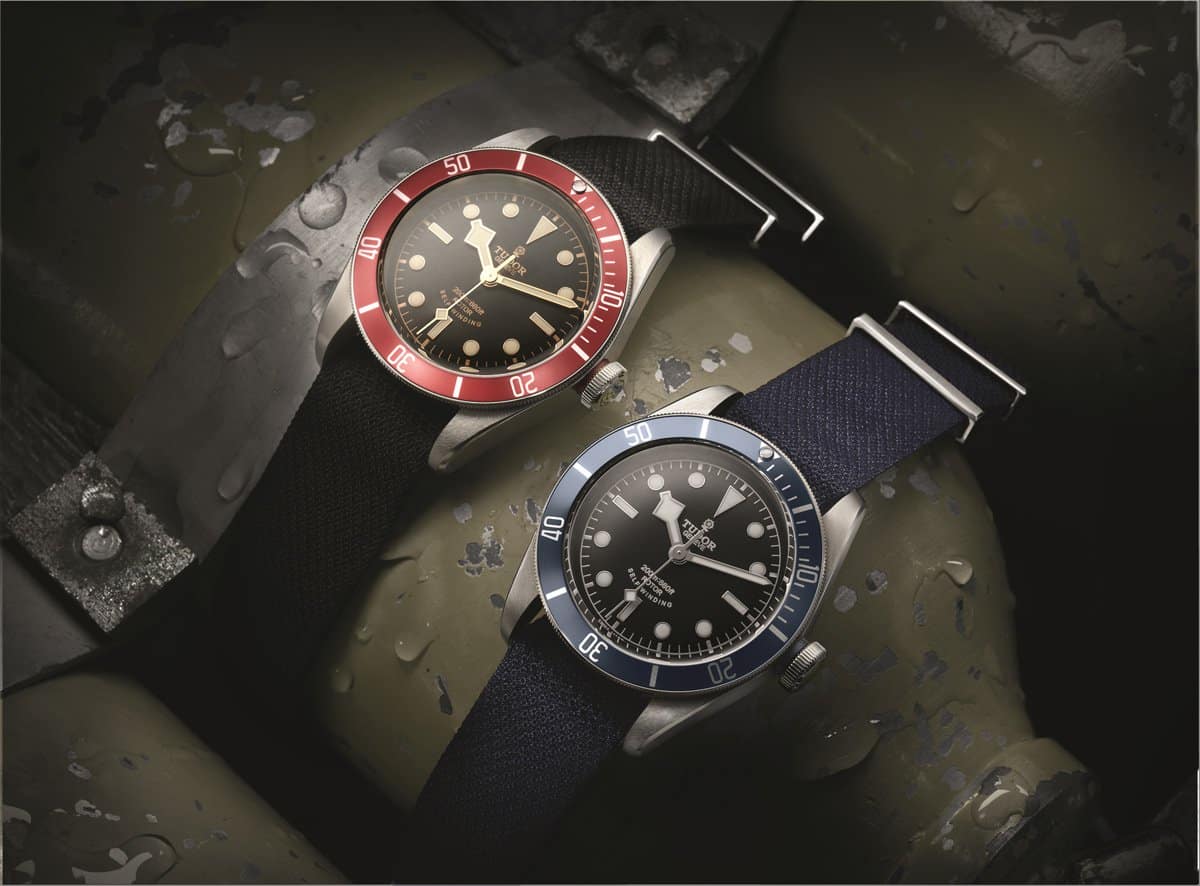









 Featured Videos
Featured Videos




